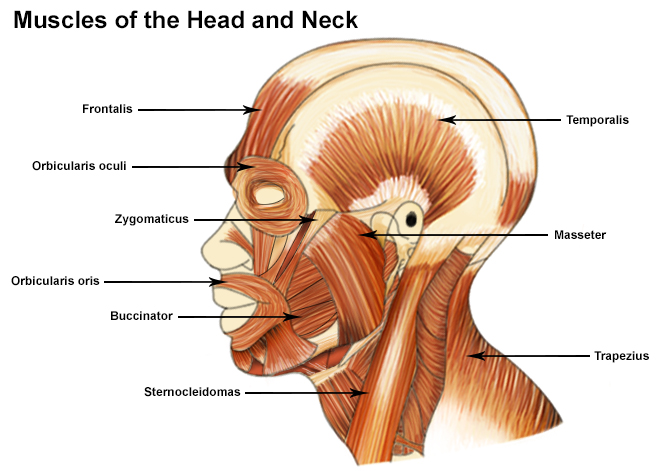How Many Bones In The Face And Head | For ease of reference, anatomists separate these into two divisions: Compact bone is the solid, hard outside part of. Bones are made up of two types of bone tissues: The amounts of some vitamins and minerals that you eat, especially vitamin d and calcium, directly affect how much calcium is stored in the bones. 172 of the 206 human bones are part of a pair, including all 126 bones of the appendicular skeleton and.
The smallest bones in your body can be found in. Too many bones comes loaded for bear by breaking into a new genre: The amounts of some vitamins and minerals that you eat, especially vitamin d and calcium, directly affect how much calcium is stored in the bones. Your head is pretty heavy, so it's lucky to have help from the cervical vertebrae! 172 of the 206 human bones are part of a pair, including all 126 bones of the appendicular skeleton and.

The amounts of some vitamins and minerals that you eat, especially vitamin d and calcium, directly affect how much calcium is stored in the bones. Your head is pretty heavy, so it's lucky to have help from the cervical vertebrae! Below the cervical vertebrae are the thoracic (say: There are several types of bones within your body, including. Compact bone is the solid, hard outside part of. These guys anchor your ribs in place. Bones store calcium and release some into the bloodstream when it's needed by other parts of the body. Too many bones comes loaded for bear by breaking into a new genre: The smallest bones in your body can be found in. Bones are made up of two types of bone tissues: The axial skeleton, which contains the bones along the long axis of the body (i.e., the head and the torso) and the appendicular skeleton, which includes the bones of the appendages. These bones are in the back of your neck, just below your brain, and they support your head and neck. 172 of the 206 human bones are part of a pair, including all 126 bones of the appendicular skeleton and.
Below the cervical vertebrae are the thoracic (say: The axial skeleton, which contains the bones along the long axis of the body (i.e., the head and the torso) and the appendicular skeleton, which includes the bones of the appendages. There are several types of bones within your body, including. The smallest bones in your body can be found in. Bones are made up of two types of bone tissues:

The amounts of some vitamins and minerals that you eat, especially vitamin d and calcium, directly affect how much calcium is stored in the bones. The smallest bones in your body can be found in. These bones are in the back of your neck, just below your brain, and they support your head and neck. Below the cervical vertebrae are the thoracic (say: Bones are made up of two types of bone tissues: Compact bone is the solid, hard outside part of. Your head is pretty heavy, so it's lucky to have help from the cervical vertebrae! For ease of reference, anatomists separate these into two divisions: Too many bones comes loaded for bear by breaking into a new genre: Bones store calcium and release some into the bloodstream when it's needed by other parts of the body. These guys anchor your ribs in place. They form part of the medial wall of the orbit. There are several types of bones within your body, including.
The smallest bones in your body can be found in. Below the cervical vertebrae are the thoracic (say: Bones store calcium and release some into the bloodstream when it's needed by other parts of the body. The axial skeleton, which contains the bones along the long axis of the body (i.e., the head and the torso) and the appendicular skeleton, which includes the bones of the appendages. 172 of the 206 human bones are part of a pair, including all 126 bones of the appendicular skeleton and.

Compact bone is the solid, hard outside part of. There are several types of bones within your body, including. Below the cervical vertebrae are the thoracic (say: The axial skeleton, which contains the bones along the long axis of the body (i.e., the head and the torso) and the appendicular skeleton, which includes the bones of the appendages. They form part of the medial wall of the orbit. Bones are made up of two types of bone tissues: Bones store calcium and release some into the bloodstream when it's needed by other parts of the body. These bones are in the back of your neck, just below your brain, and they support your head and neck. For ease of reference, anatomists separate these into two divisions: 172 of the 206 human bones are part of a pair, including all 126 bones of the appendicular skeleton and. Your head is pretty heavy, so it's lucky to have help from the cervical vertebrae! The smallest bones in your body can be found in. Too many bones comes loaded for bear by breaking into a new genre:
How Many Bones In The Face And Head: For ease of reference, anatomists separate these into two divisions:
0 comments:
Post a Comment